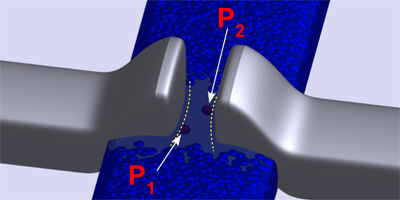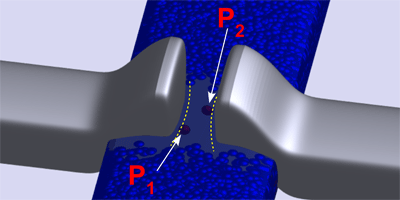Two Donors Are Better Than One
A primary measure of progress in the nanostructure industry is the ability to control doping mechanisms in silicon. Writing in Physical Review Letters, Benoit Roche and colleagues at the Atomic Energy and Alternative Energies Commission (CEA) in Grenoble, France, report they have fabricated a device that allows them to more accurately measure the energy levels associated with dopant atoms in silicon-based nanostructures.
The energy levels of a single donor in silicon are widely spaced due to the strong atomic-like electronic confinement. The ground state and first excited states produced by a prototypical arsenic donor atom are separated by an energy called the valley-orbit splitting, which is significantly lower when the atom is in a nanowire, compared to when it is in bulk silicon. Moreover, single-atom donor states in a nanostructure tend to be susceptible to where the donor atom is positioned, nearby interfaces, and external fields.
Roche et al. produce valley-orbit splitting close to the bulk value by fabricating a silicon nanowire with two phosphorous donors controlled by three voltage gates. In this compact device, the ground level of one donor atom acts as an energy filter that probes the levels of the other. With this arrangement, which is more resistant to environmental artifacts than one with a single dopant, the authors introduce a robust spectroscopic technique for developing silicon nanostructures. – Sami Mitra





